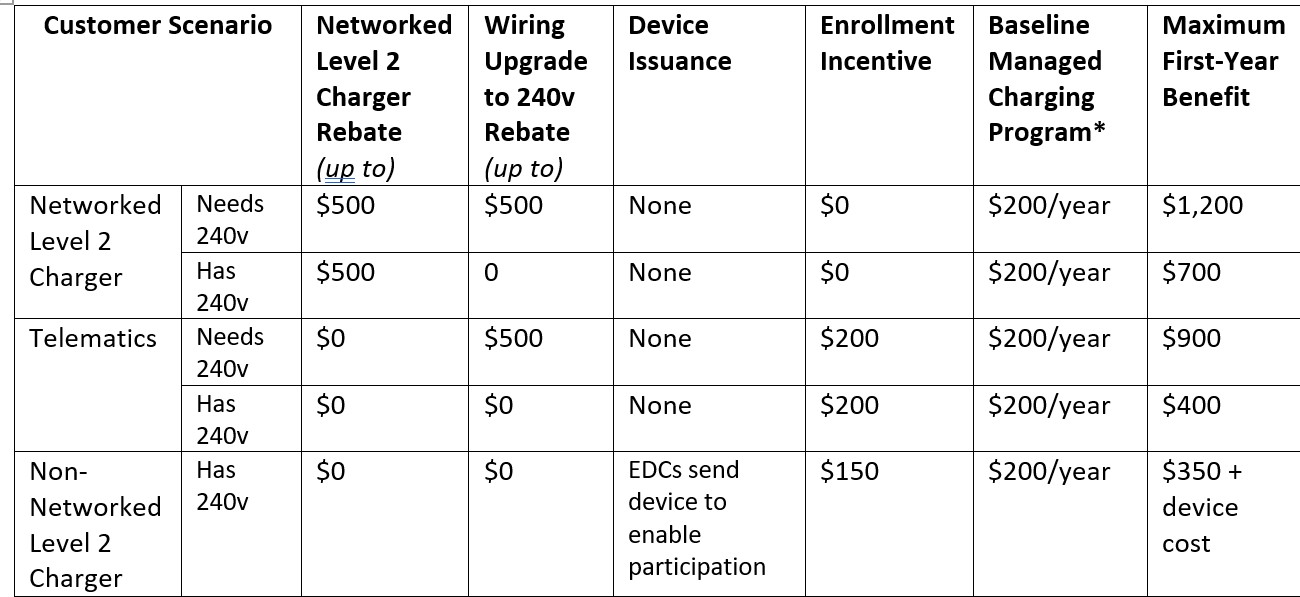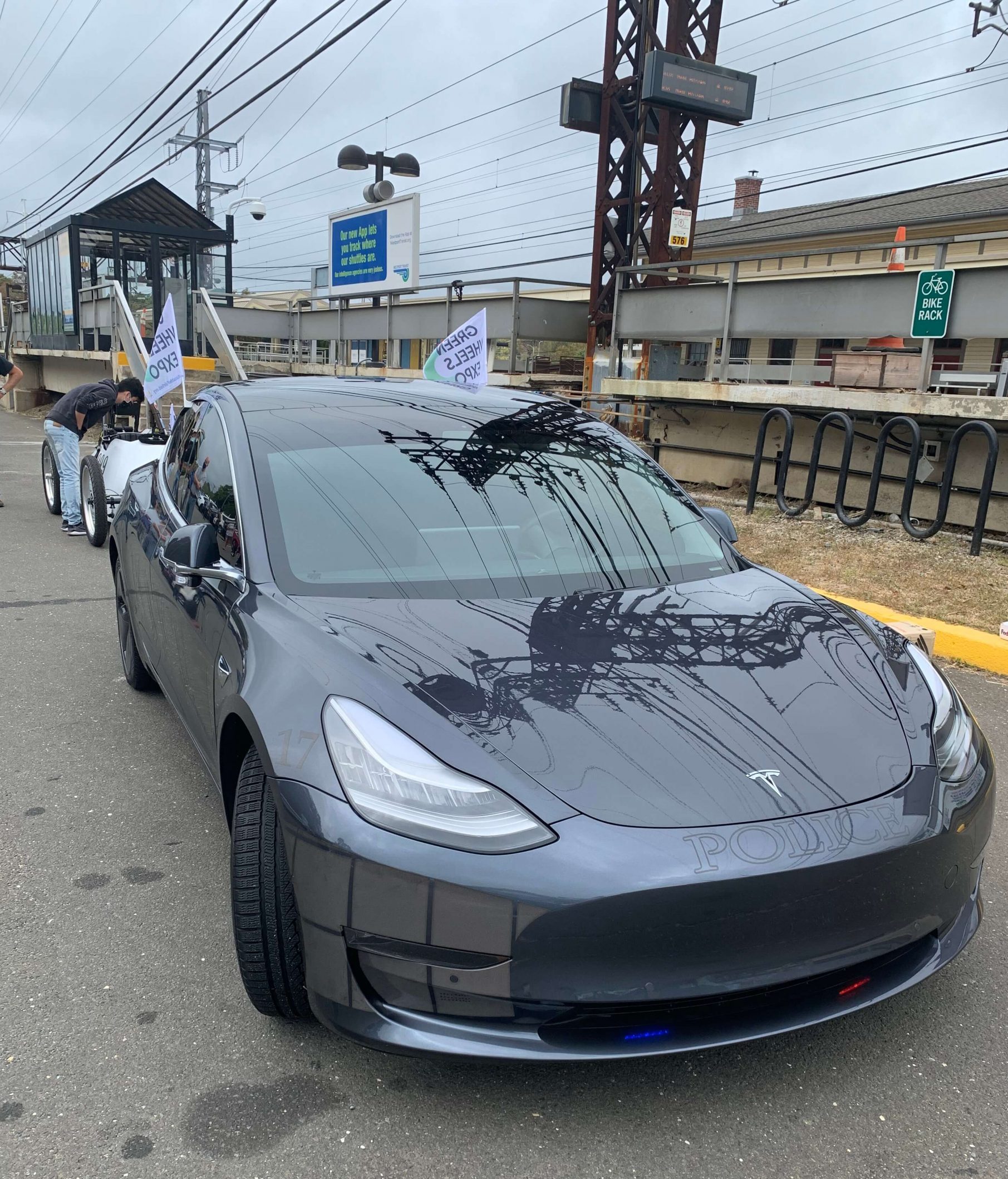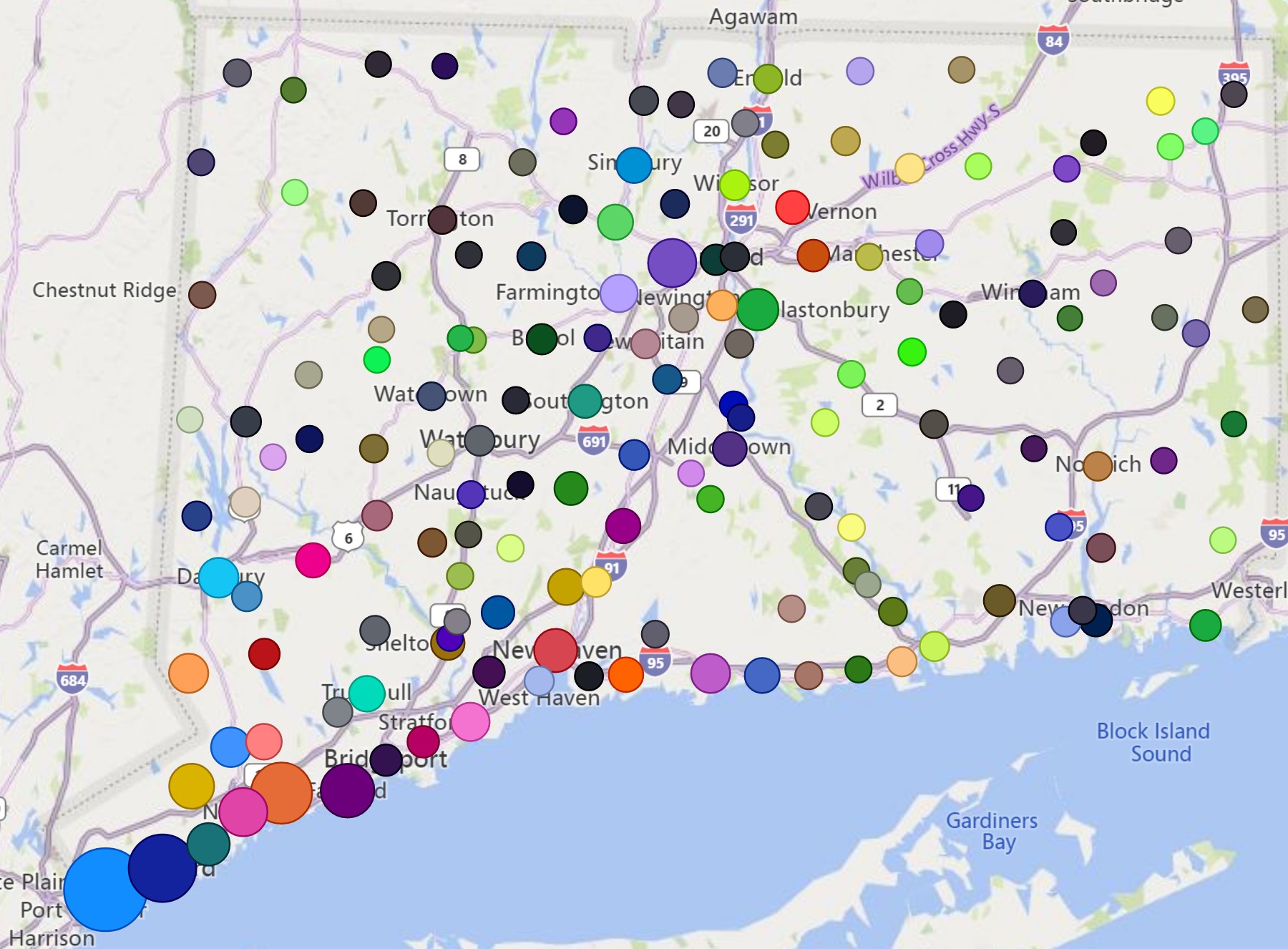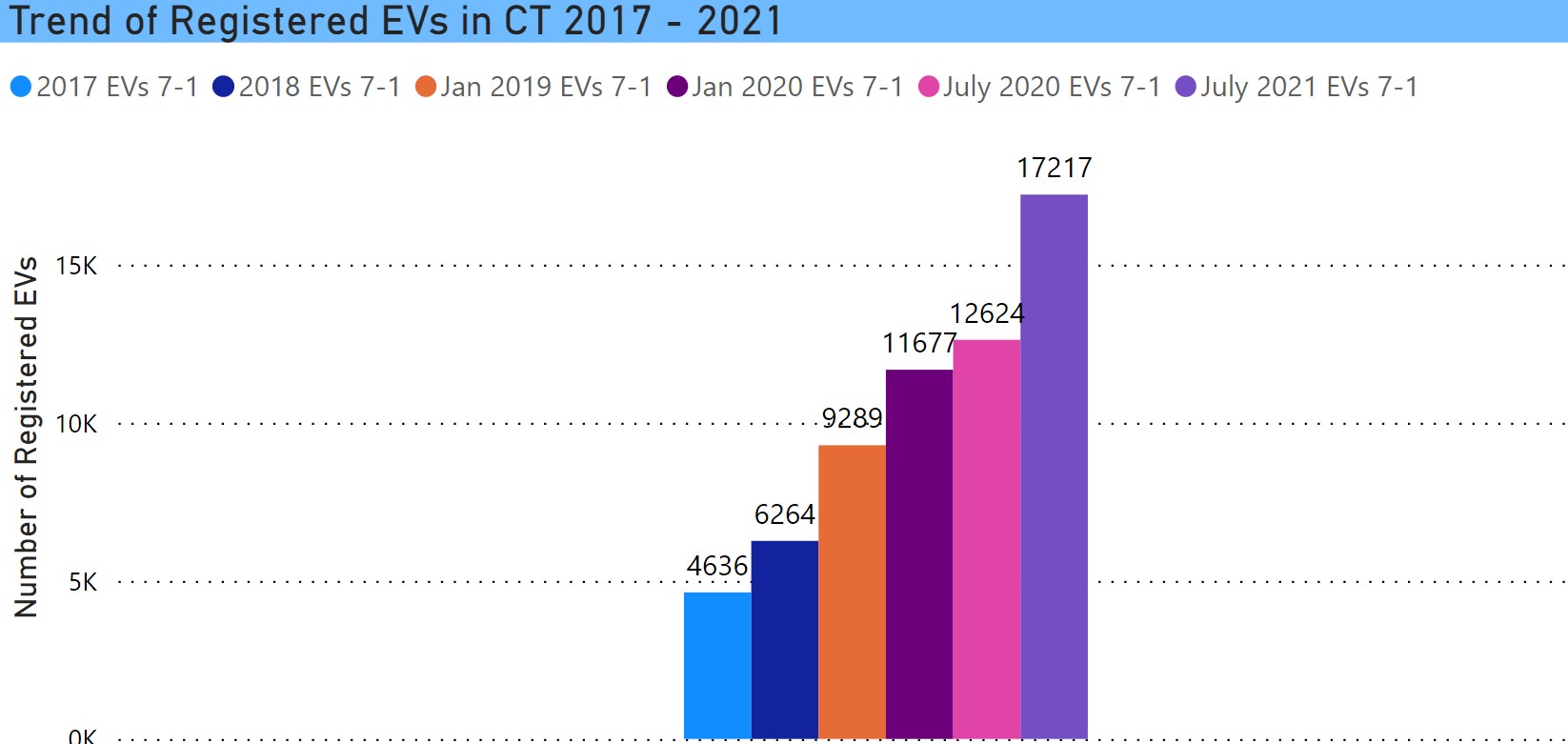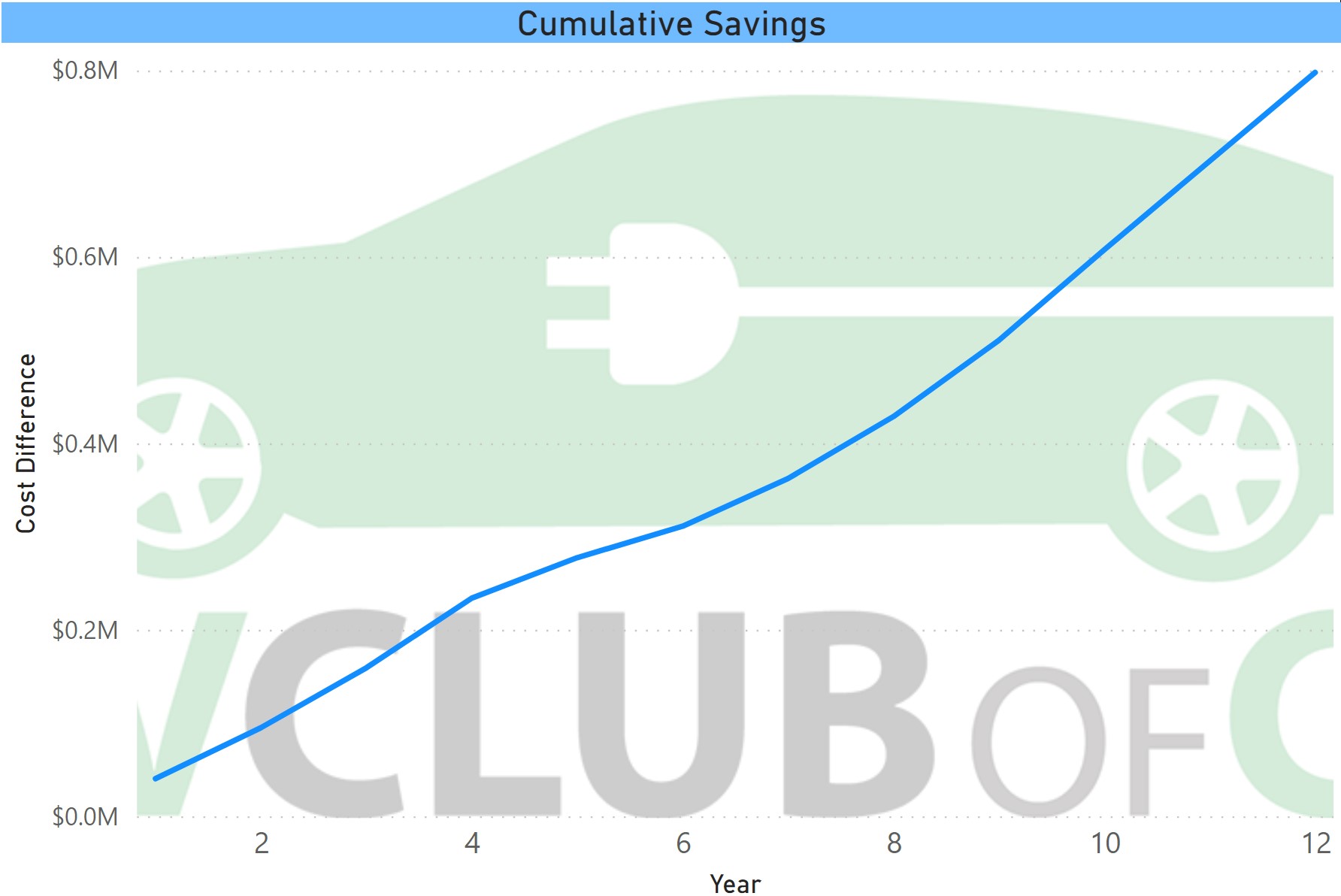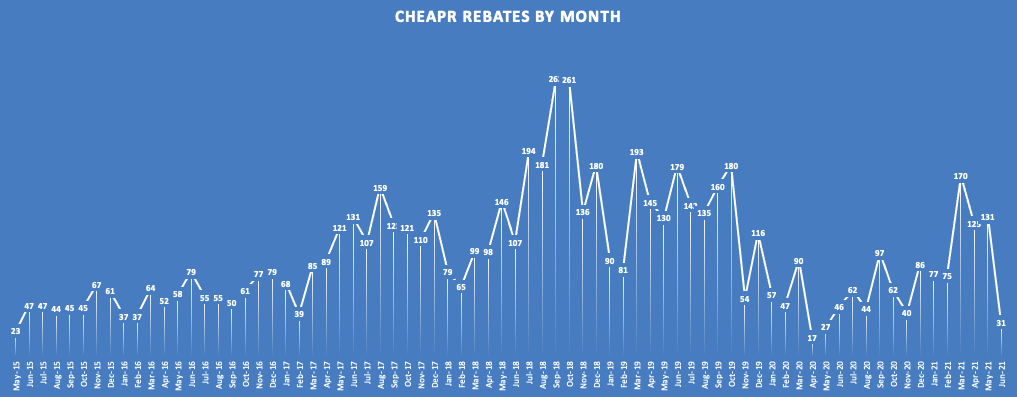Sandy Munro Tells It Like It Is
Sandy Munro Unfiltered Sandy Munro, famous for his willingness to express his (highly informed) opinions in a direct and unfiltered manner, joined the EV Club for a conversation on March 21st. The video has been … Read more


